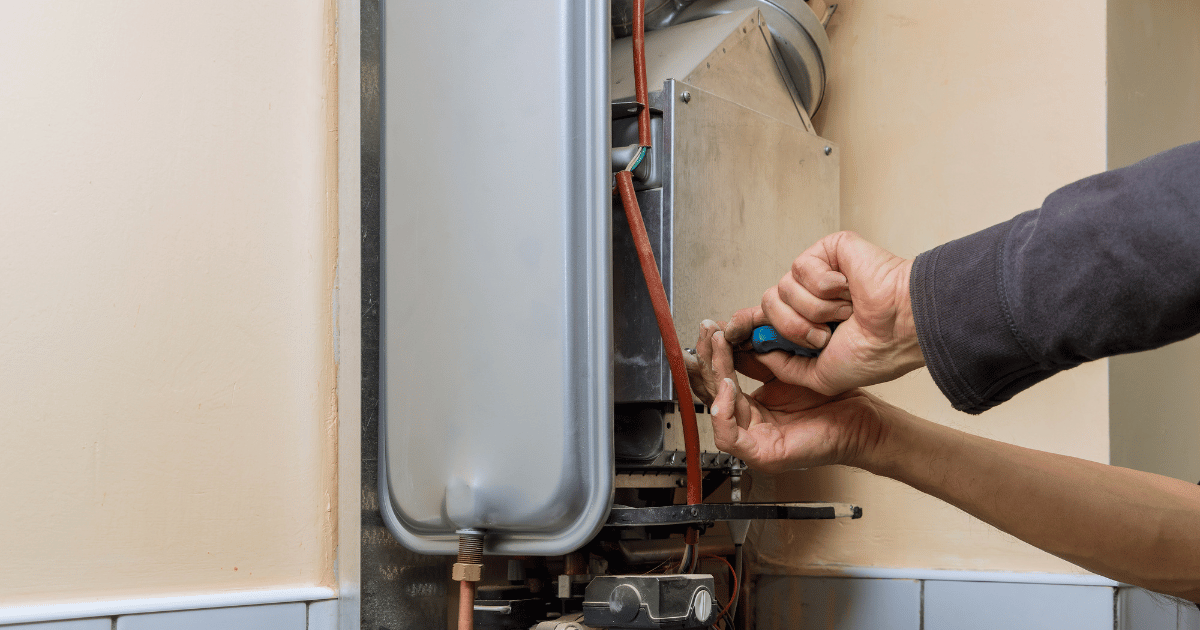Professional Tips for Maintaining Your Home's Hot Water System
Professional Tips for Maintaining Your Home's Hot Water System
Blog Article
This great article down below in relation to Tips For Maintaining Your Hot Water Heater is especially remarkable. Don't overlook it.

Warm water is important for day-to-day comfort, whether it's for a revitalizing shower or washing meals. To guarantee your warm water system runs efficiently and lasts longer, normal maintenance is crucial. This article supplies useful pointers and insights on just how to preserve your home's hot water system to stay clear of interruptions and pricey repairs.
Introduction
Keeping your home's hot water system may appear difficult, yet with a few simple actions, you can guarantee it operates efficiently for many years ahead. This guide covers every little thing from comprehending your hot water system to do it yourself upkeep suggestions and recognizing when to call professional help.
Importance of Preserving Your Warm Water System
Regular maintenance not just expands the lifespan of your hot water system but likewise guarantees it operates effectively. Ignoring upkeep can result in reduced performance, higher energy expenses, and even early failure of the system.
Indications Your Hot Water System Demands Maintenance
Knowing when your hot water system needs attention can prevent major problems. Watch out for signs such as inconsistent water temperature, strange noises from the heating unit, or rusty water.
Purging the Water Heater
Flushing your hot water heater eliminates debris buildup, improving performance and extending its life.
Monitoring and Changing Anode Rods
Anode poles protect against corrosion inside the storage tank. Evaluating and replacing them when worn out is critical.
Facility Issues Needing Professional Assistance
Instances consist of significant leaks, electric troubles, or if your water heater is continually underperforming.
Routine Specialist Maintenance Perks
Professional maintenance can consist of thorough inspections, tune-ups, and making certain conformity with safety criteria.
Evaluating and Readjusting Temperature Level Settings
Adjusting the temperature setups makes sure optimal performance and safety.
Do It Yourself Tips for Upkeep
You can do numerous upkeep jobs on your own to maintain your warm water system in top problem.
Checking for Leakages
Routinely inspect pipelines and links for leakages, as these can result in water damage and greater expenses.
Understanding Your Warm Water System
Prior to diving right into upkeep jobs, it's valuable to recognize the basic components of your hot water system. Generally, this consists of the hot water heater itself, pipes, anode rods, and temperature controls.
Regular Monthly Maintenance Tasks
Routine regular monthly checks can help capture small issues prior to they intensify.
Evaluating Pressure Relief Valves
Testing the stress safety valve ensures it functions properly and prevents too much stress accumulation.
Protecting Pipelines
Shielding warm water pipelines minimizes warmth loss and can save energy.
When to Call an Expert
While DIY upkeep is advantageous, some issues need specialist expertise.
Final thought
Regular upkeep of your home's warm water system is essential for efficiency, longevity, and price savings. By adhering to these pointers and knowing when to look for specialist aid, you can guarantee a reputable supply of hot water without unforeseen disturbances.
How to Maintain an Instant Hot Water Heater
Before tinkering with your hot water heater, make sure that it’s not powered on. You also have to turn off the main circuit breaker and shut off the main gas line to prevent accidents. Also turn off the water valves connected to your unit to prevent water from flowing into and out of the appliance. 2. When you’re done, you have to detach the purge valves’ caps. These look like the letter “T†and are situated on either side of the water valves. Doing so will release any pressure that has accumulated inside the valves while at the same time avoid hot water from shooting out and burning your skin. 3. When the purge valves’ caps are removed, you have to connect your hosing lines to the valves. Your unit should have come with three hoses but if it didn’t, you can purchase these things from any hardware or home repair shops. You can also get them from retail stores that sell water heating systems. Read the user’s manual and follow it to complete this task properly. When the hosing lines are connected, open the purge port’s valves. 4. You should never use harsh chemical cleaners or solutions when cleaning your unit. Make use of white vinegar instead. It should be undiluted and you’ll probably use about 2 gallons. 5. Now flush your water heater. This task should probably take about 40 minutes. We can’t give you specific directions for this because the procedure is carried out depending on the type, model and brand of your heater. With that being said, refer to the user’s manual. 6. When you’re done draining the unit, you have to turn off the purge port valves again. Remove the hosing lines that you earlier installed on each of the water valves. Put the valve caps (purge port) back in their respective places and be very careful so as not to damage the rubber discs that are found inside these caps. 7. Now that everything’s back in place, check your user’s manual again to find out how to reactivate your water heating system. 8. Once it is working, turn one of your hot water faucets on just to let air pass through the heater’s water supply pipes. Leave the tap on until water flows smoothly out of it. https://www.orrplumbing.com/blog/2014/september/how-to-maintain-an-instant-hot-water-heater/

As an avid reader on How to Maintain Your Water Heater & Prolong its Life, I was thinking sharing that excerpt was important. Sharing is good. Helping people is fun. Thanks a lot for your time. Come back soon.
Call Today Report this page